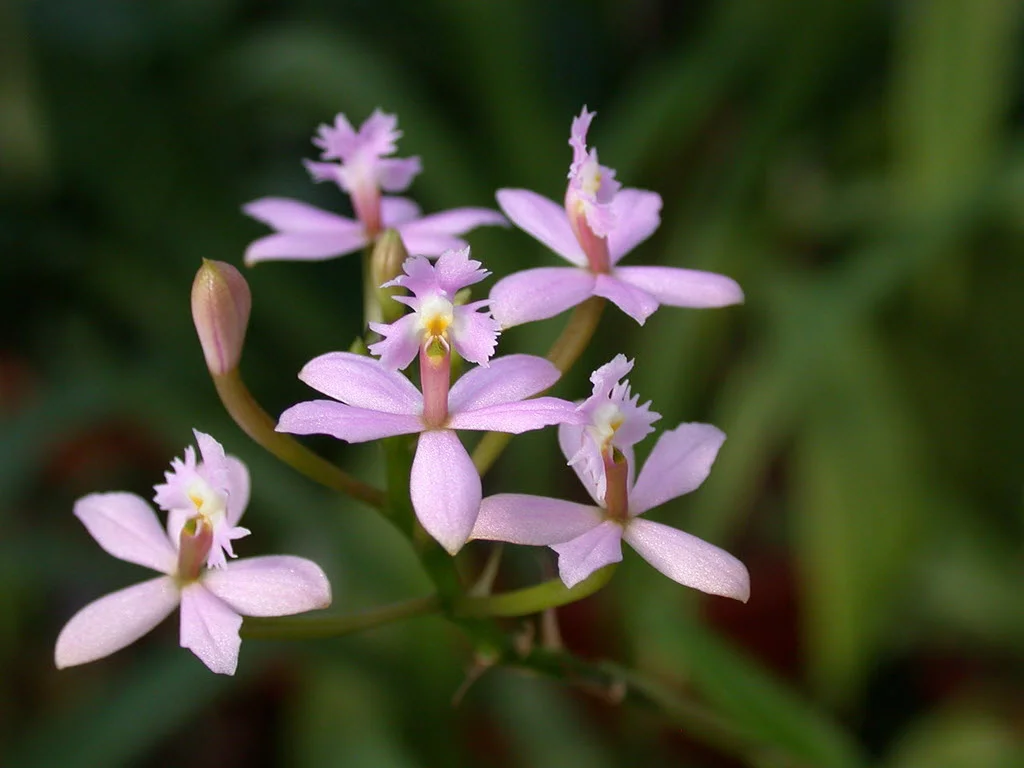Table of Contents
Pronunciation: cat-a-SEE-tum
Introduction
The Catasetum Orchid is a beautiful vivid orchid species that is prized by growers for its versatility and beauty. This orchid is fairly easy to grow if you can replicate the correct conditions, and it has a strict growing and resting period that it cycles through each year.
Catasetum Orchidglade Jack
These vivid plants originate in Argentina, Brazil, Mexico, South America, and Central America where they can grow in sand, rocky conditions, and near ant colonies. This orchid develops fleshy flowers, and the plants are unisex, which is rare in orchids. The male plants are identified by their bright colors and large size while the female plants are a yellow-green color and have a smaller stature.
Another distinguishing trait that sets this species apart is its ability to eject its pollen directly onto its pollinators.
Temperature
As this orchid is found in tropical climates, you want to have higher temperatures and higher humidity levels. It is especially important to maintain higher temperatures while your orchid is growing.
Ideally, daytime temperatures should stay between 80°F to 100° F (or 26.7°C to 37.8°C). During nighttime, temperatures should stay between 60°F to 65°F (or 15.5°C to 18.3°C) to ensure optimal growth.
Once your orchid is mature, you can reduce daytime temperatures to fall between 70°F to 85°F (or 21°C to 29°C). Nighttime temperatures can stay around 55°F, but no lower.
Light
This orchid thrives in bright sunlight even during its dormant period in the autumn/fall. You want to focus on the amount of light your orchid gets at the start of the growing period, and it should have partial sun for at least half of the day.
When it goes dormant in the fall, it'll tolerate partial shade for part of the day until new growth starts again in the spring.
Water and Humidity
A large amount of water is critical to your Catasetum orchid maintaining its large flowers. Water it heavily as it begins its growth period, and gradually taper off as the flowers mature. When the orchid drops its leaves, stop watering completely until you start to see new growth in the spring.
You can set your orchid on gravel-filled trays with water partially filling the trays. This will increase the humidity levels to the desired 40% to 60%, and the gravel will prevent your orchid's roots from sitting in water and rotting.
Feeding
You can fertilize your orchid once every two to three weeks with a 30-10-10 diluted mixture while your orchid is growing. As the flowers form, taper off your fertilizing schedule to once every month. In the autumn after the leaves turn yellow and drop, switch your fertilizer to a 10-30-20 mix.
It's better to fertilize your orchid more times year-round in less concentrated amounts than it is to fertilize them a few times with highly concentrated fertilizers. This helps to prevent root and leaf burn from the fertilizer's chemicals.
Potting
You should repot your Catasetum orchid each spring because this is the period when your orchid will experience more rapid growth, and it won't be as prone to setbacks. The roots require a moist, rich potting soil during the growing season, and you want to incorporate Sphagnum moss into your pots because it is excellent for water retention.
If your orchid is in a smaller pot, use smaller-grade potting medium, and only use a medium-grade potting medium in larger pots. Over the dormant period, many growers bare root their orchids to ensure that they're dry. You can also divide your orchid into one mature pseudobulb per plant, and it'll flower during the next growing cycle.
Video
See Miss Orchid Girl's gorgeous vivid red Catasetum and hear her talk about how to take care of this orchid.
See even more vivid and beautiful orchids in our comprehensive list of the different types of orchids. You’re sure to find a few more varieties you’d want to include in your garden collection.











